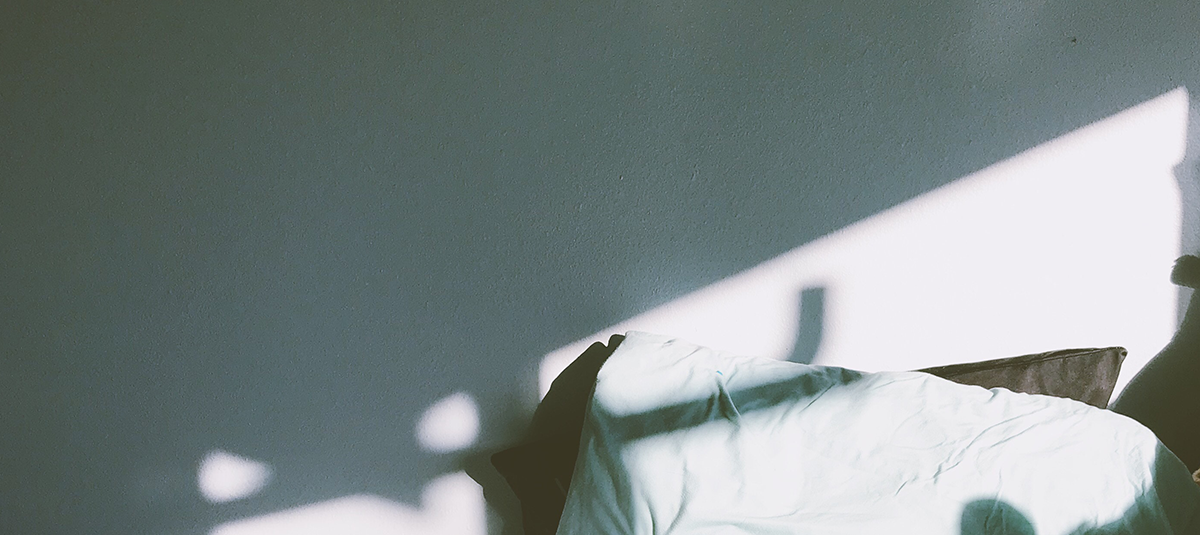I stare at the walls of my room, covered in pictures yet somehow appearing blanker than ever before. Nights have always been comforting, a time where I am guaranteed to be alone and can linger aimlessly into nothingness. I am numb. The sound of my stomach growling is a lullaby to my ears, only to be distracted by my mother’s footsteps nearing my bed. The math I was doing adding the day’s intake of calories ends as I hide my journal filled with scribbles underneath the covers. I close my eyes. I can feel her warm breath crawling down my shivering spine before she turns around and exits. A sigh of relief follows her out the door. Her daughter is still alive.
Up until I was 12, I was a competitive gymnast. It was my title, my happiness, my pride. I devoted my life to this sport, only to have it taken away by a careless injury that left fractures on both sides of my L3 vertebrae. Coping with this loss was unbearable and I felt lonelier than ever before. That whisper in my head, the one that always told to me to keep going, faded into a scream of despair. I dwelled in its negativity and fell a victim to its demands. What I thought was just a phase turned into my new reality. The world around me became a blur.
Eighty-four days in the hospital;
A total of eight months of residential treatment;
Three residential stays;
Five journals filled with self-hatred;
Years of memorizing nutrition facts;
Two calls to the suicide prevention hotline;
Thousands of tears;
Four dietitians;
Six therapists;
Zero friends;
Zero care;
Zero hope.
This is the reality of an eating disorder.
- An eating disorder is NOT a “phase” nor is it treatable overnight. It takes a whole support network to heal from this illness and an immense amount of patience.
- An eating disorder is NOT beautiful. There is nothing beautiful about insomnia, fatigue, hair loss, poor circulation, abdominal pains, dry skin, and short-term heart damage – just a few of the symptoms I experienced throughout my anorexia. No matter how much weight I lost, the mirror never satisfied me. Body dysmorphia distorts what you see in the mirror and leads you to believe you look different than you actually do.
- An eating disorder is NOT always visible. I have been at a healthy weight numerous times while still struggling. Anorexia, bulimia, binge eating disorders, and EDNOS affect people differently and being underweight is not the telltale sign that someone is suffering.
- An eating disorder does NOT discriminate. When I was first diagnosed with anorexia, it came as a complete surprise to me and my family. I grew up incredibly fortunate with a loving family, attending private school and having all opportunities in the world to pursue my dreams. However, mental illnesses do not discriminate against economic status, skin color, gender, or religious preferences.
While an eating disorder is NOT a choice, recovery IS.
For the longest time, I had awaited an epiphany. I anticipated that there would be a moment where everything changed and my life would be back to normal. I never foresaw a deadline, but had expected that things would work out on their own and that I would watch my recovery from the sideline. Little did I know that healing from an eating disorder would be the single most difficult thing I would ever have to do. But defying all odds, I did it. I would never wish my experience upon my worst enemy, yet I am grateful for the lessons my illness has taught me. Without my eating disorder, I would not have discovered the amazing Active Minds community and learned how to truly and authentically love myself.
Two years ago, a therapist told me I should give recovery a single chance. She said that once I had given it my all, I could decide for myself whether I would like to return to my eating disorder. Now, being recovered and happier than ever, I can wholeheartedly say that I will never choose to speak to my anorexia again.




